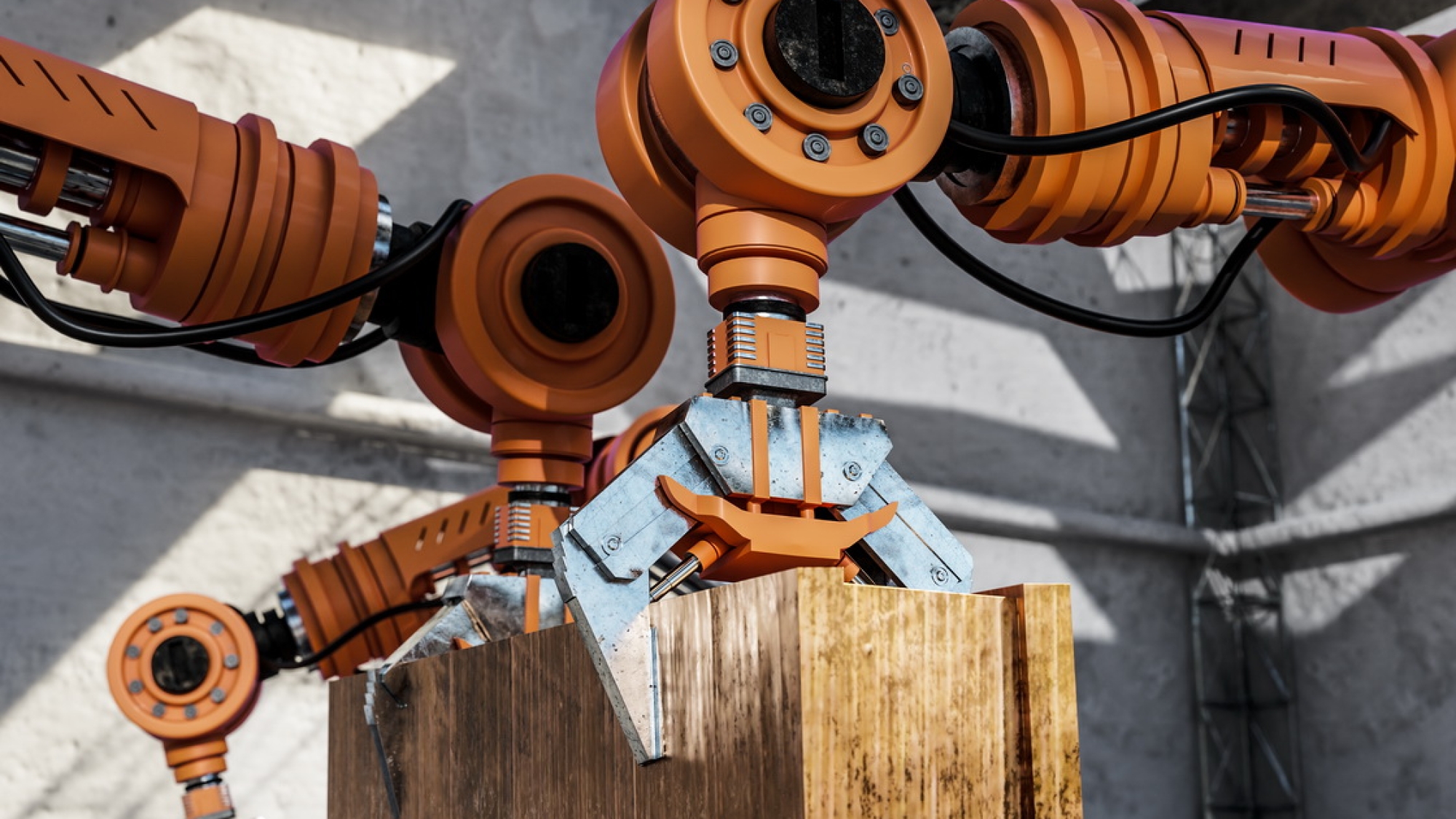In the rapidly evolving world of industrial automation, the ability to make informed decisions based on real-time data is transforming operations. At the heart of this transformation is telemetry, the automated collection and transmission of data from remote sources. By integrating telemetry into industrial automation systems, industries are moving from data collection to actionable insights, driving smarter and more efficient operations. This article explores how telemetry integration is enhancing industrial automation, its benefits, and the future potential it holds.
Understanding Telemetry in Industrial Automation
Telemetry in industrial automation involves using sensors and communication technologies to collect data from machinery, equipment, and processes. This data is transmitted to central systems for monitoring, analysis, and control. The integration of telemetry allows for real-time insights, enabling industries to make data-driven decisions that enhance efficiency and productivity.
1. The Benefits of Integrating Telemetry in Industrial Automation
- Real-Time Data Collection: Telemetry provides continuous, real-time data on equipment and process performance, allowing operators to monitor and adjust operations instantly.
- Automated Control: By integrating telemetry with automated control systems, industries can optimize processes in real-time, ensuring peak performance and minimizing downtime.
2. Predictive Maintenance
- Proactive Issue Identification: Analyzing telemetry data helps identify potential equipment issues before they lead to failures. This predictive maintenance approach reduces unplanned downtime and extends equipment lifespan.
- Cost Reduction: Preventive maintenance reduces repair costs and minimizes the impact of production halts, leading to significant cost savings.
3. Resource and Energy Optimization
- Efficient Resource Use: Telemetry data helps industries optimize the use of raw materials, reducing waste and improving overall efficiency.
- Energy Efficiency: Monitoring energy consumption in real-time enables industries to identify inefficiencies and implement energy-saving measures, resulting in lower operational costs.
4. Improved Quality Control
- Consistent Quality: Telemetry ensures that process parameters are maintained within precise limits, leading to consistent product quality and fewer defects.
- Automated Quality Assurance: Real-time data enables automated quality checks, ensuring compliance with industry standards and customer expectations.
5. Enhanced Safety and Compliance
- Risk Mitigation: Continuous monitoring of critical processes reduces the risk of accidents and enhances workplace safety.
- Regulatory Compliance: Telemetry systems can automatically generate compliance reports, ensuring adherence to regulatory standards without extensive manual documentation.
Real-World Applications of Telemetry in Industrial Automation
1. Manufacturing
- Telemetry is used to monitor assembly lines, robotic systems, and production machinery, leading to streamlined operations, reduced waste, and improved product quality.
2. Oil and Gas
- In the oil and gas industry, telemetry is crucial for monitoring drilling operations, pipeline integrity, and refinery processes, enhancing safety and optimizing production.
3. Utilities
- The utilities sector uses telemetry to monitor power plants, water treatment facilities, and distribution networks, ensuring reliable service delivery and efficient resource management.
4. Agriculture
- Precision agriculture relies on telemetry to monitor soil conditions, crop health, and irrigation systems, maximizing yield and reducing resource consumption.
The Future of Telemetry in Industrial Automation
The future of telemetry in industrial automation is promising, driven by advancements in technologies such as the Internet of Things (IoT), artificial intelligence (AI), and machine learning. These technologies are set to further enhance the capabilities of telemetry systems, enabling even more sophisticated data analysis and automation.
1. IoT Integration
- IoT devices integrated with telemetry systems will enable comprehensive data collection from a wider range of sources, leading to more accurate monitoring and control of industrial processes.
2. AI and Machine Learning
- AI and machine learning algorithms can analyze telemetry data to identify patterns and predict future trends, enabling proactive maintenance and optimization of operations.
3. Edge Computing
- Edge computing will allow for data processing closer to the source of data collection, reducing latency and enabling real-time decision-making, further enhancing the efficiency of industrial automation systems.
Conclusion
Integrating telemetry into industrial automation systems is transforming the way industries operate. By providing real-time data and enabling predictive maintenance, resource optimization, and improved quality control, telemetry is driving smarter and more efficient operations. As technology continues to advance, the integration of telemetry with IoT, AI, and edge computing promises even greater improvements in industrial automation. For industries aiming to stay competitive and achieve operational excellence, embracing telemetry is not just an option but a necessity in the modern era.


Add a Comment